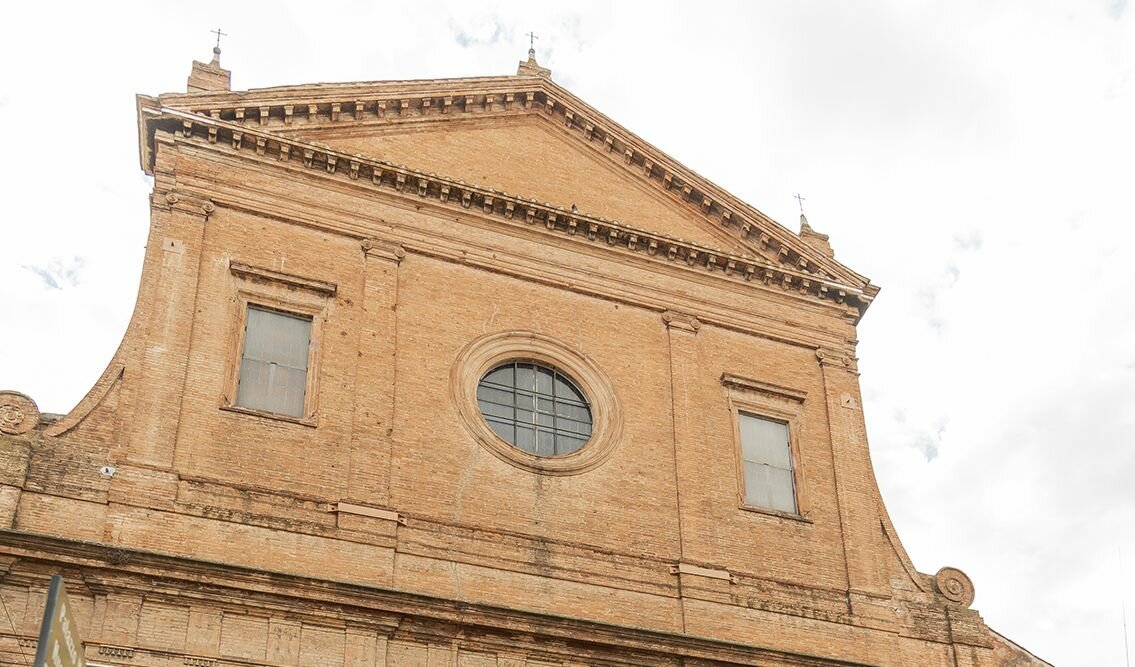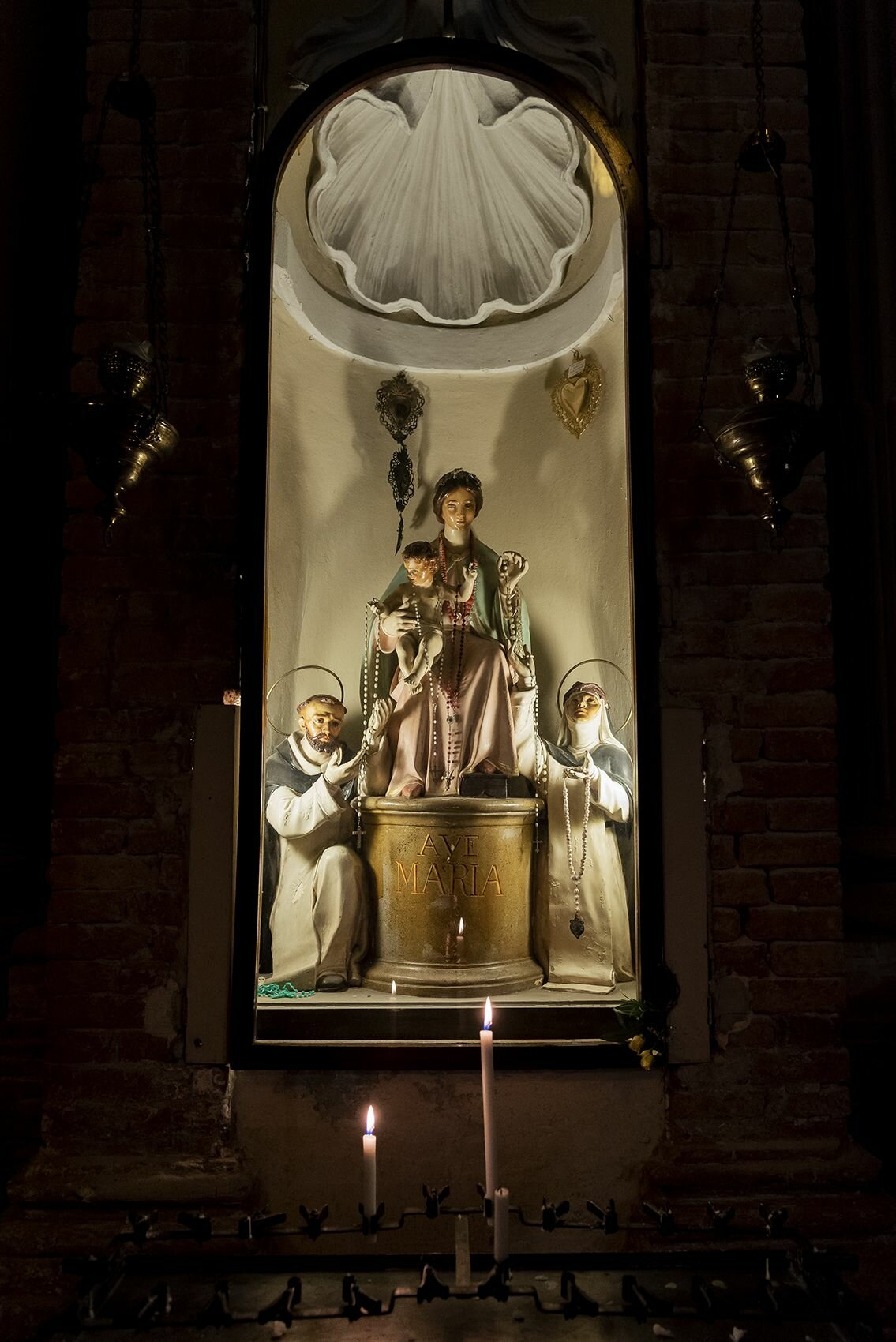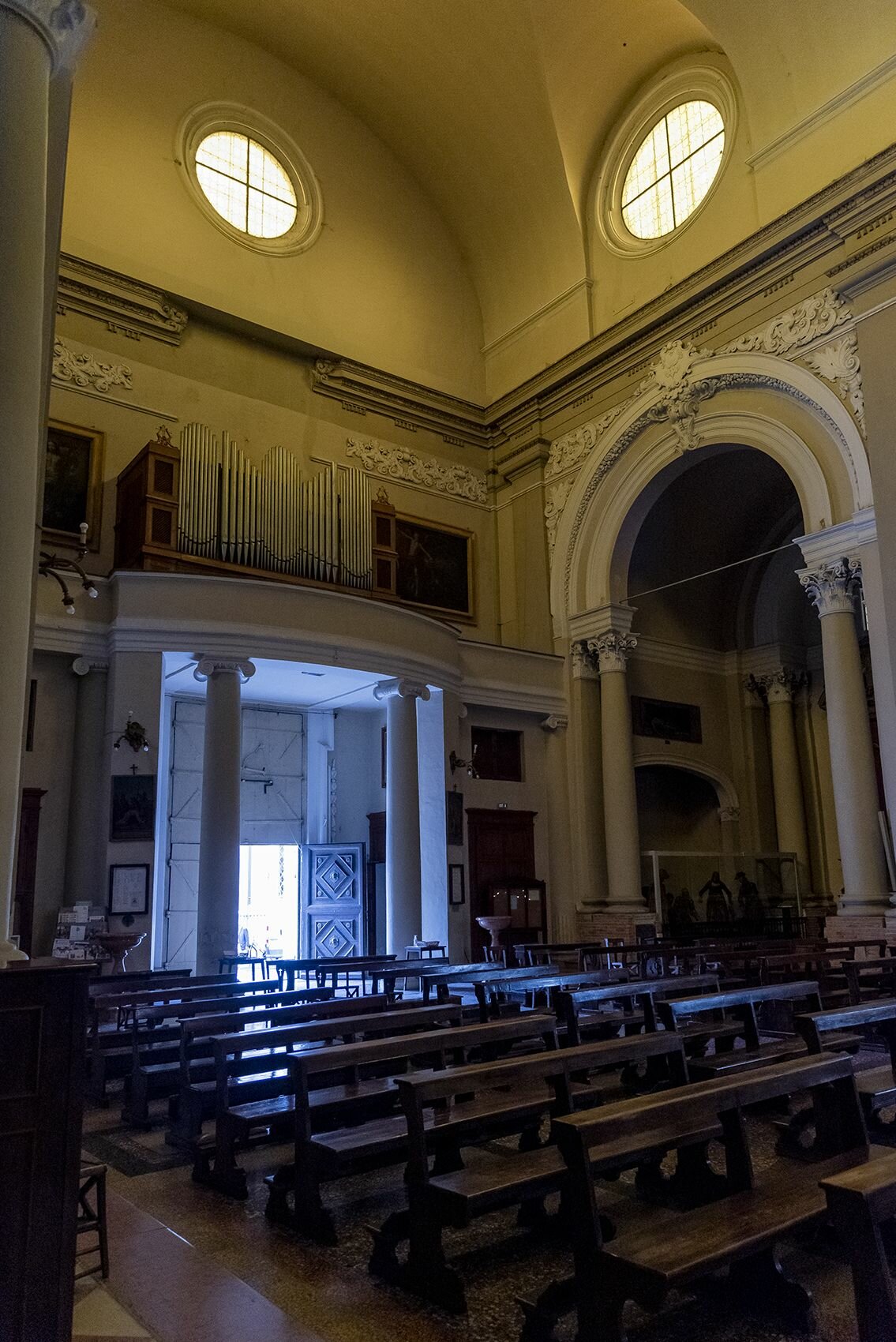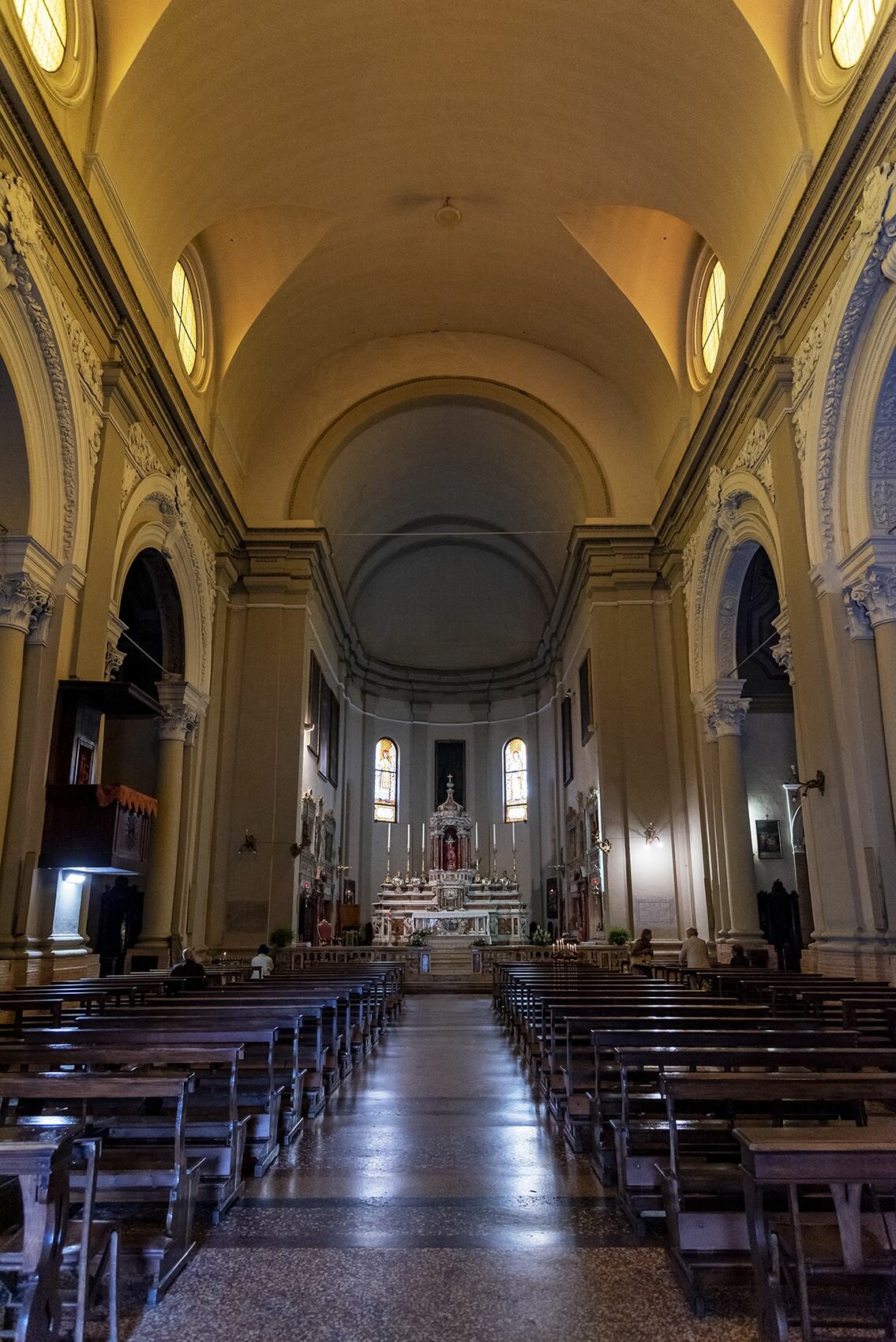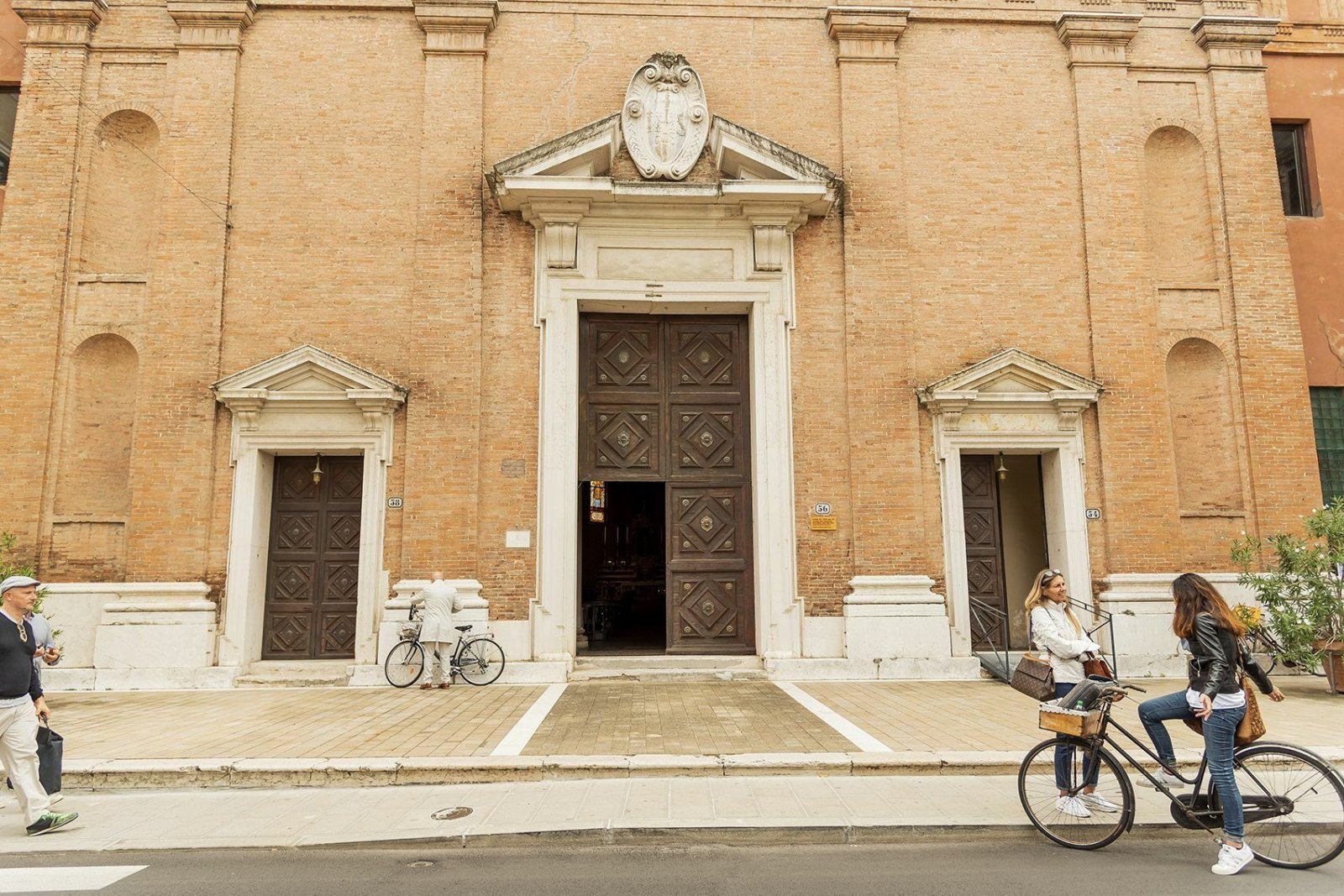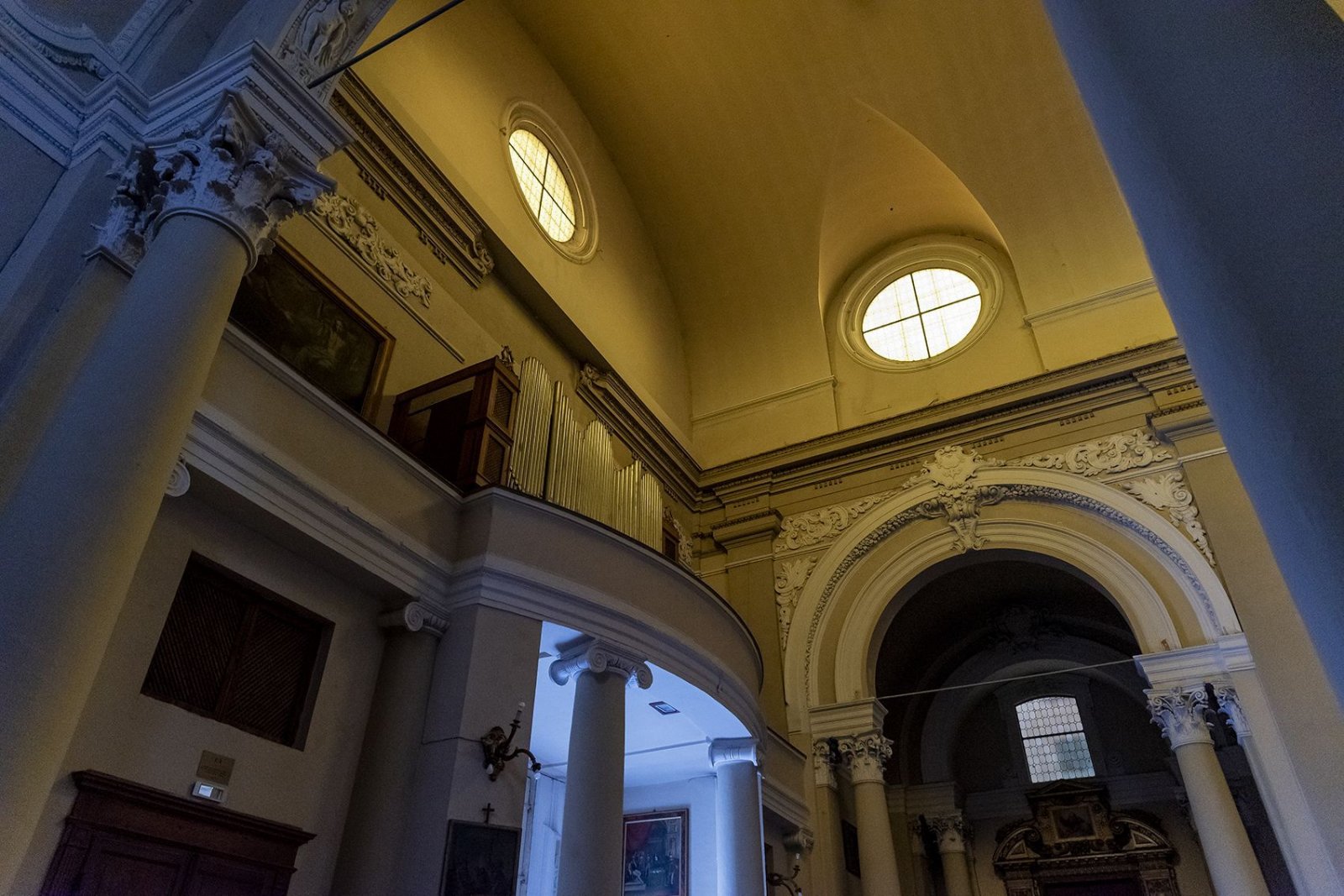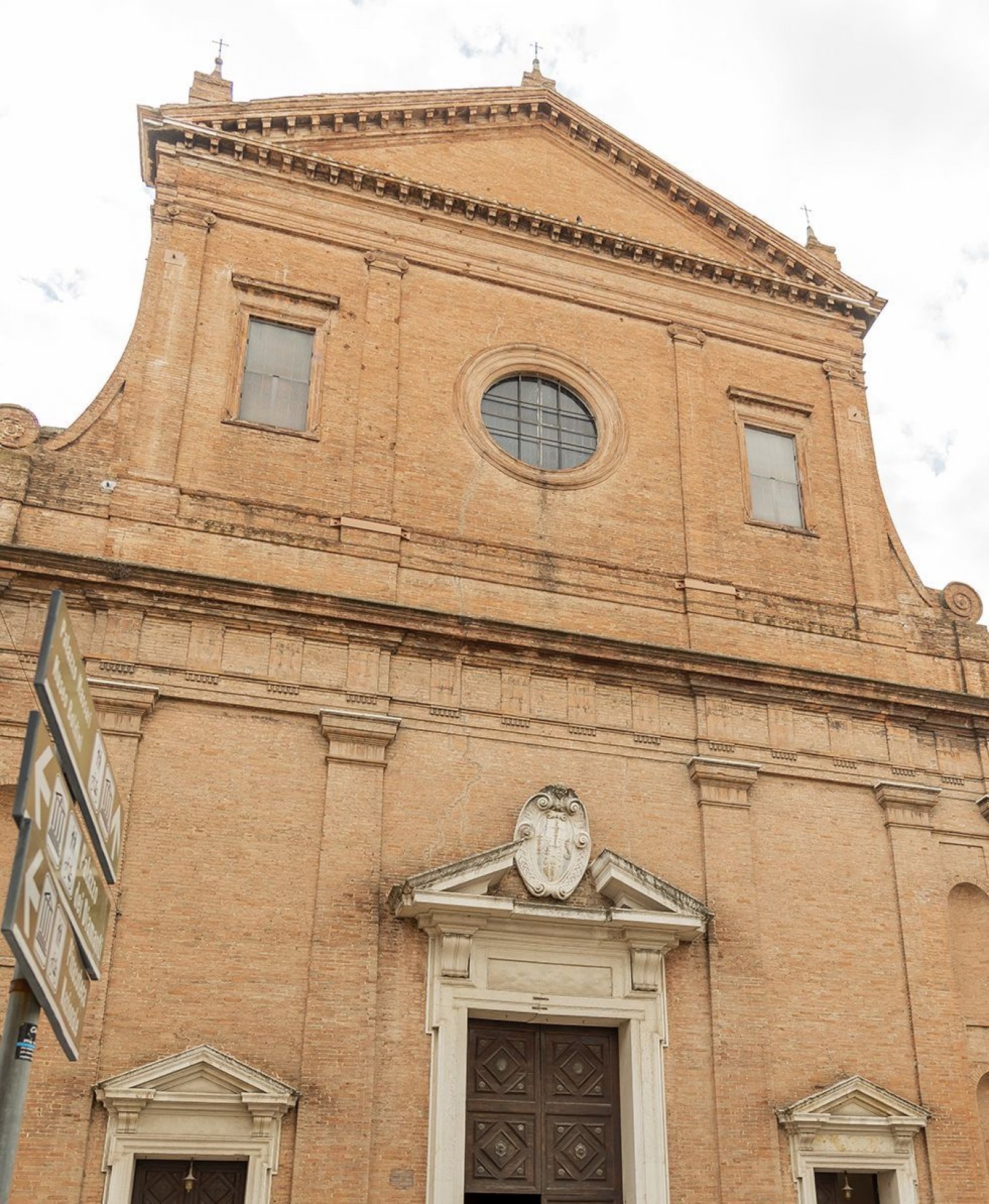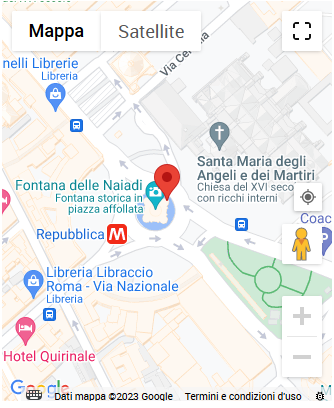Potrebbe interessarti anche

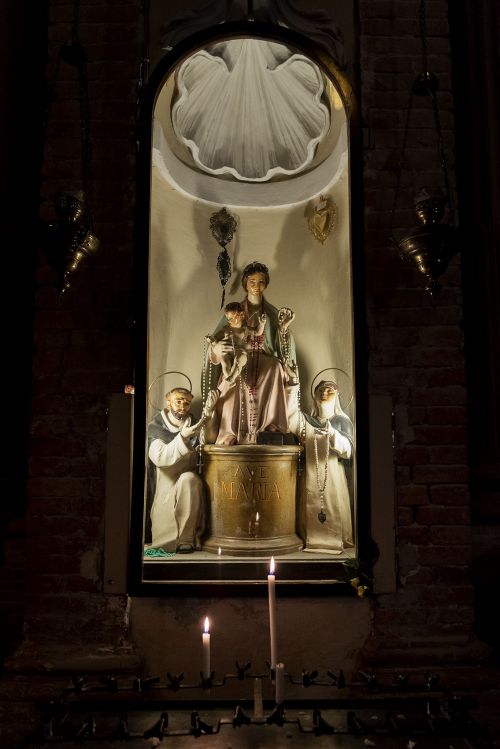
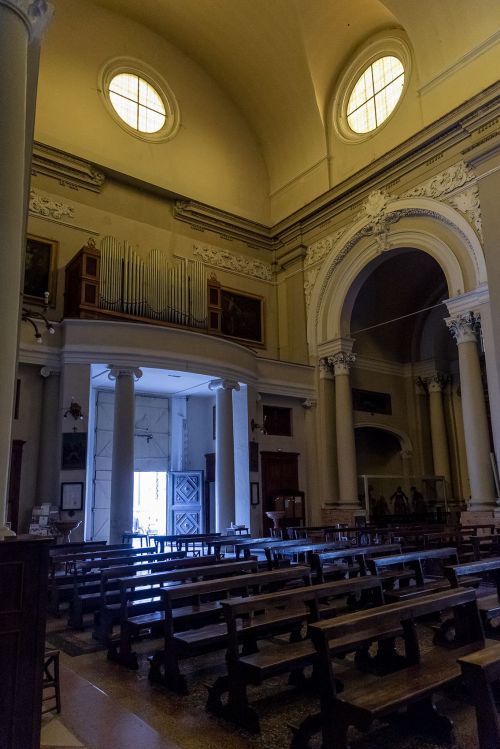
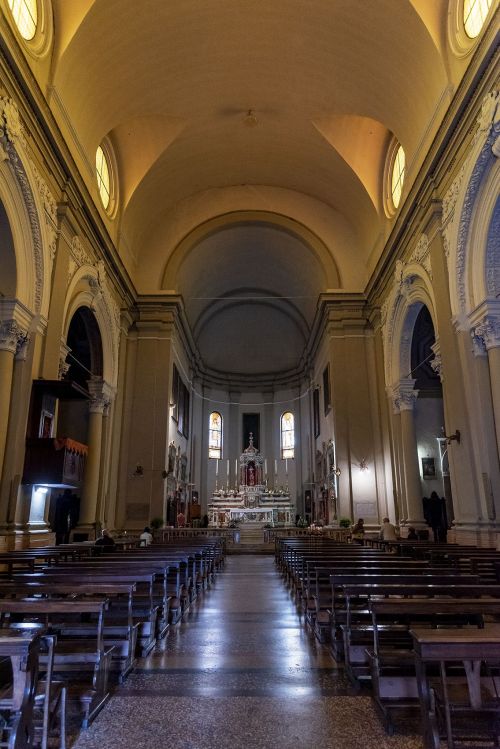
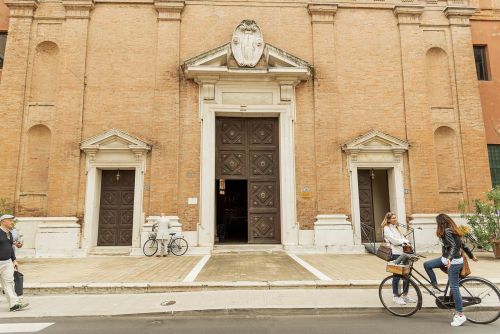
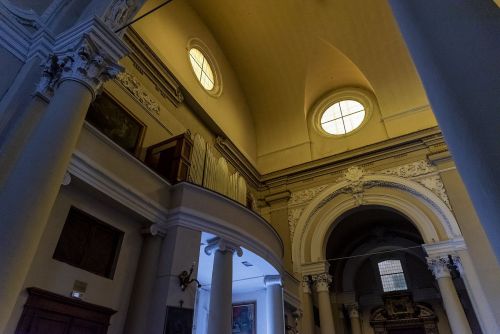
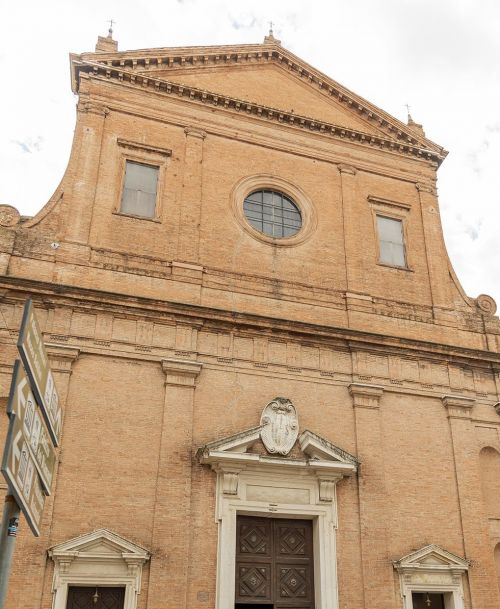
Chiesa del Gesù
The Chiesa di Gesù (Church of Jesus) is a typical Ferrara-style church located a short walk away from the Estense Castle, in the area obtained from the innovative project of the so-called Addizione Erculea, designed by Biagio Rossetti in 1492.
Historical Notes
The Church of Jesus was built in 1570 for the Jesuit community, designed by architect Alberto Schiatti and at the behest of Duke Ercole II d'Este. The latter, in 1551, had invited the monks to the city so that they could establish a college intended for the education of young people. In 1773, La Compagnia del Gesù was suppressed and the church and college were entrusted to the Somaschi fathers. After the Napoleonic invasions, the college was assigned different functions such as a court, a hospital and even a prison. Finally, the Jesuits were able to return to it in 1847 and resided here until 1979.
As you will see, la Chiesa di Gesù, damaged by bombing in 1944 and later restored, is today a charming example of Ferrara's sober style.
Inside, among the many noteworthy works of art, you will find two must-see artefacts.
The first is Guido Mazzoni's Lamentation over the Body of Christ, a group of polychrome terracotta statues dated before 1485. A rare work of dramatic beauty that we are sure will strike and engage you with its ability to express human pain in the face of death. The second, located behind the high altar, is the funeral monument to Duchess Barbara of Austria, wife of Alfonso II d'Este, designed by the well-known Neapolitan architect Pirro Ligorio.
You may not know about...
PIANZUN D’LA ROSA. The sculptural group Lamentation over the Body of Christ has always also been known in the local dialect as Pianzun dla Rosa (Weeper of the Rose) because it was originally located in the church of Santa Maria della Rosa, which was destroyed during World War II.
ONE CHURCH, MANY NAMES. Originally named after Jesus because it was founded by the Jesuit order, the church changed its name to St. Michael in Jesus in 1933, when Archbishop Ruggero Bovelli transferred the priory of St. Michael there. However, in 1986, the parish changed its name again to its current one.

